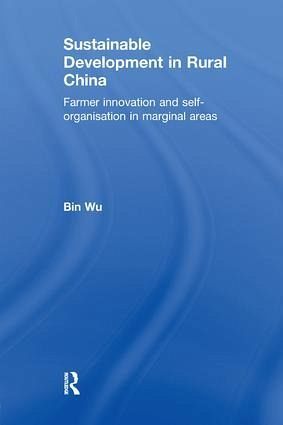
Sustainable Development in Rural China
Farmer Innovation and Self-Organisation in Marginal Areas
Versandkostenfrei!
Versandfertig in 1-2 Wochen
62,99 €
inkl. MwSt.
Weitere Ausgaben:

PAYBACK Punkte
31 °P sammeln!
Wu explores how farmers have organised themselves to initiate technical innovation, and considers communication networks and co-operative mechanisms.




